The best road bike helmets combine head protection, aerodynamics and ventilation.
They can be expensive, but the best budget bike helmets hold their own for less than £100 / $100.
Cheaper models might lack crash-protection technology (see our buyer's guide further down this article). However, all helmets must pass stringent testing standards to be approved for sale. Even without extra safety features, your helmet will help protect you in a crash.
Some road bike helmets may come with extra features, for instance, a clip-on peak for gravel riding or cross-country mountain biking.
For drag-reduction, head to our best aero road helmets list. We also have a guide to the best mountain bike helmets if you're looking for off-road protection.
We've organised this list of the best road cycling helmets by splitting it into different price ranges. Below that is our buyer's guide to choosing the best road cycling helmet.
Navigate to the best helmets in each price bracket and our buyer's guide
- Best road bike helmets under £50
- Best road bike helmets under £100
- Best road bike helmets under £200
- Best road bike helmets under £300
- How we tested road bike helmets
- Buyer's guide to road bike helmets
Editor's note: We updated our best road bike helmet list on 28 October 2024 to include a 'How we tested' section and an overview of gravel bike helmets in our buyer's guide.
Best road bike helmets under £50 / $100
Cannondale Junction
SQUIRREL_TEXT_13145962
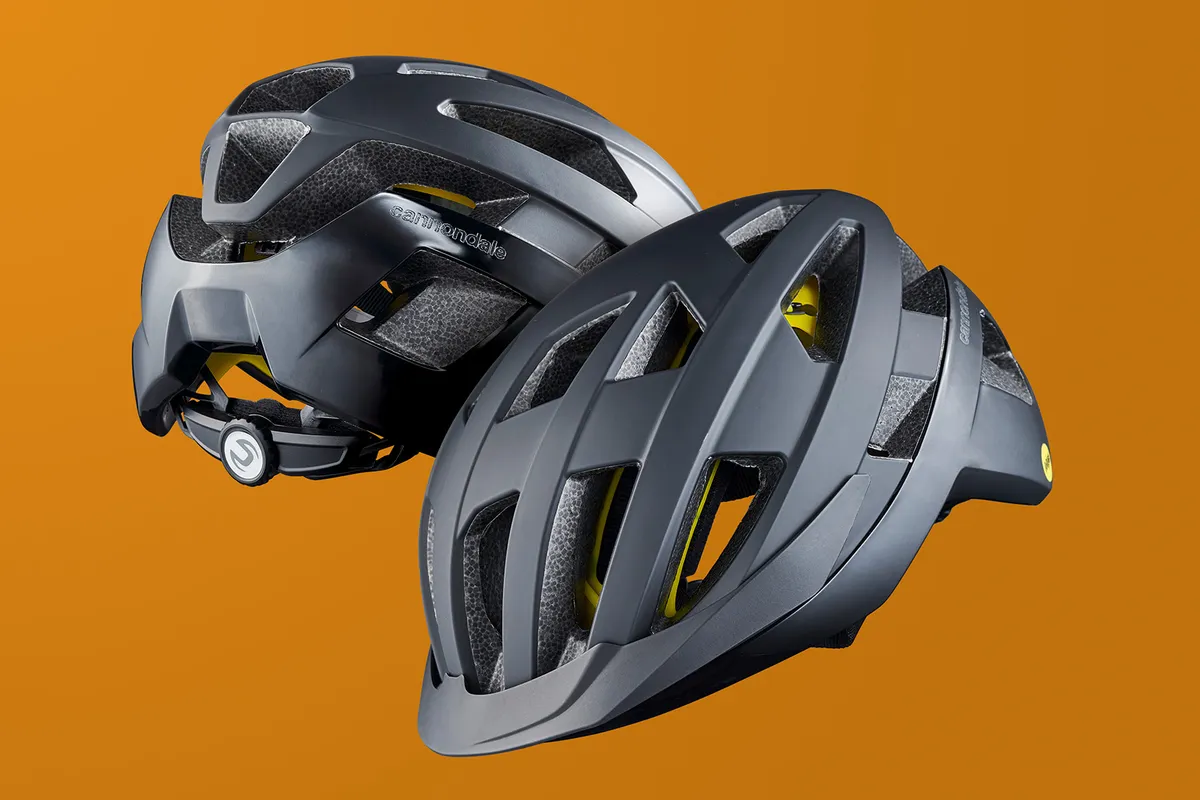
- £65 / $95 / €98 as tested
- Pros: Great value; all-road versatility
- Cons: Long helmet straps
The Cannondale Junction has many of the attributes of premium road bike helmets without the price tag.
Its quality comfort, cooling, protection and low weight make it an outstanding bargain.
The small, removable peak hints at gravel-riding potential and our tester was happy to wear it when venturing off-road.
SQUIRREL_13145962
Giant Relay MIPS
SQUIRREL_TEXT_13092817
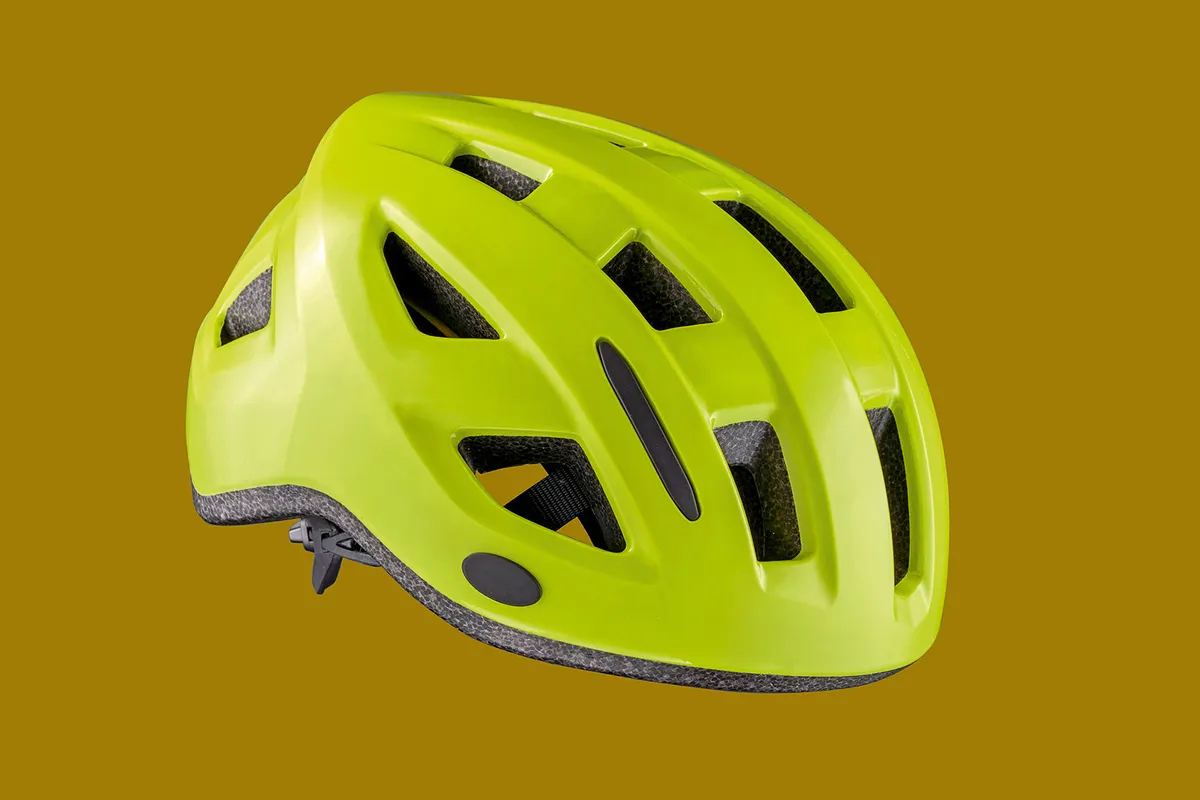
- £45 / $50 / €47.50 / AU$80 as tested
- Pros: Great value for a MIPS helmet; decent ventilation
- Cons: Heavy; retention system isn't high-tech
The Giant Relay MIPS is a budget helmet with a 5-star rating in Virginia Tech's independent helmet testing. Quality features include in-mould construction and anti-odour padding.
The 17 vents ensure good airflow and the helmet doesn't feel heavy when riding.
The retention adjuster works well enough and the MIPS Cinch system is well integrated.
SQUIRREL_13092817
Specialized Align II
SQUIRREL_TEXT_13145966
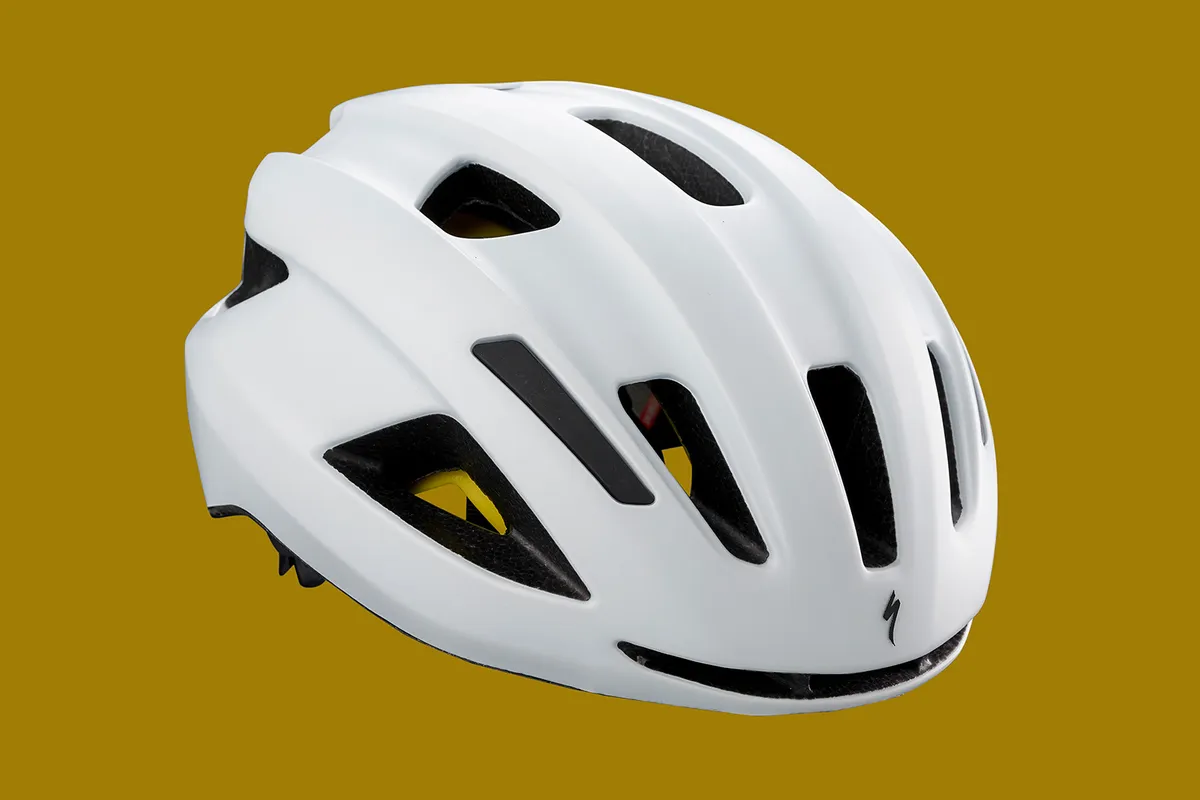
- £45 / $55 / €60 / AU$80 as tested
- Pros: Includes MIPS for low price
- Cons: A little heavy
The Specialized Align II budget helmet provides MIPS protection, good padding, ventilation and fit.
On the flip side, the 374g weight for the size-M/L helmet is a little on the high side and could be felt during our test.
SQUIRREL_13145966
Best road bike helmets under £100 / $150
Van Rysel FCR

- £89.99 / €100 as tested
- Pros: Aero design; comfort; well made; Fidlock Snap buckle
- Cons: Less airy than the best aero helmets
The Van Rysel FCR helmet delivers top-level performance at a startlingly low cost.
Van Rysel claims to have used wind tunnel data to maximise the FCR's aerodynamics for Decathlon AG2R La Mondiale who wear the helmet in the WorldTour.
The FCR is also comfortable, feels high quality and includes clever features such as a magnetic Fidlock Snap buckle instead of a clip-in clasp.
Our only criticism is that ventilation feels slightly worse than high-end aero helmets, but that's excusable at £89.99.
Limar Air Stratos MIPS
SQUIRREL_TEXT_13145967

- £121 / $169.95 / €167.16 as tested
- Pros: Pleasing aesthetics; comfort; ventilation; low weight
- Cons: Aerodynamics overlooked
The Limar Air Stratos MIPS is a lightweight helmet intended for road and gravel riding, with superb ventilation.
Its comfort and performance are remarkable for the mid-market price.
However, Limar doesn’t appear to have prioritised drag reduction. So if you want to go fast, you might want to consider more aero alternatives.
SQUIRREL_13145967
Scott ARX Plus
SQUIRREL_TEXT_13111624
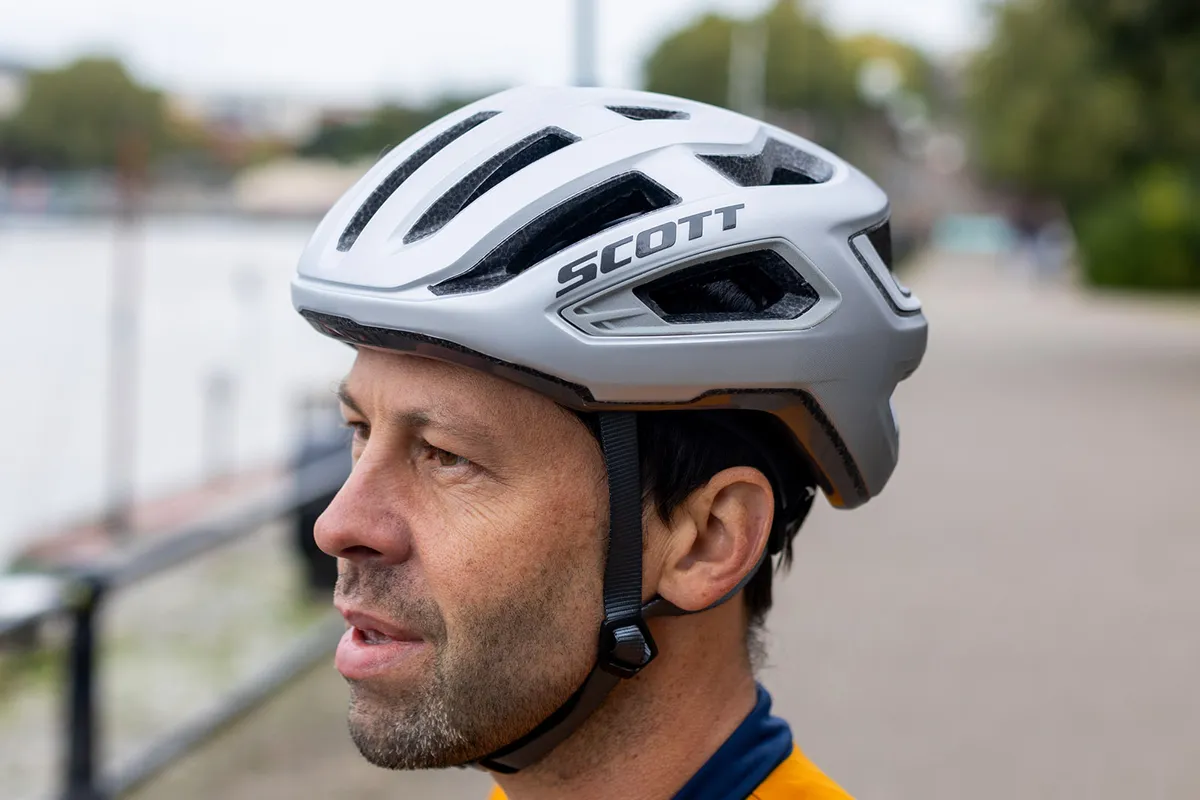
- £100 / $120 / €130 / AU$160 as tested
- Pros: Versatile; decent value
- Cons: Few vents at rear
The Scott ARX Plus is a good helmet if you ride on and off the road. It comes with a removable visor and has extra protection at the back, but weighs 269g in size medium.
Even though the ARX Plus has MIPS and a five-star rating from the Virginia Tech Helmet Lab, mountain bikers will probably want more protection. And road cyclists may want better ventilation, particularly at the back of the helmet.
In this regard, the Scott ARX Plus sits between two stools. But for £100 / $120, it's still keenly priced.
SQUIRREL_13111624
Best road bike helmets under £200 / $250
ABUS PowerDome
SQUIRREL_TEXT_13115898
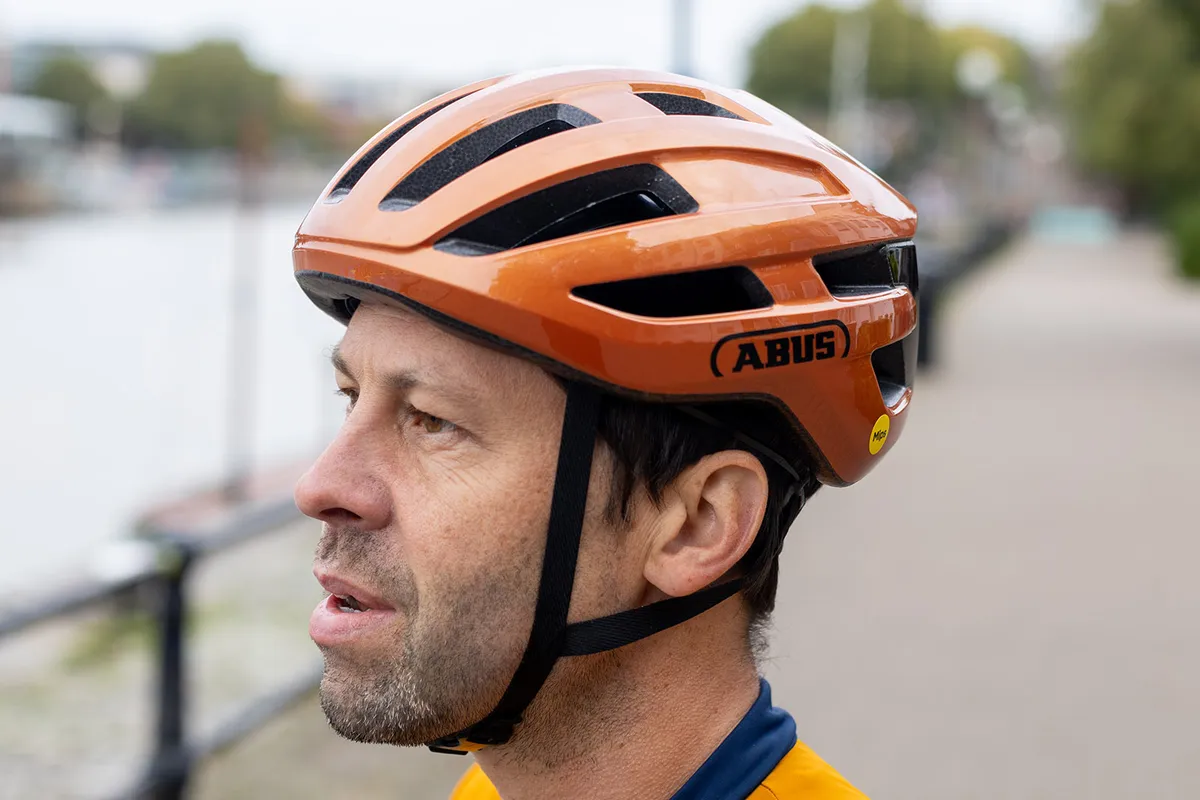
- £130 as tested
- Pros: Balance of low weight and aerodynamics; competitive price; MIPS
- Cons: Strap not perfect; only four colours
The ABUS PowerDome is an impressive performer considering it costs less than £150 and includes MIPS.
The road bike helmet is reasonably light (248g size medium), while its sculpted, slim shape and cut-off back should be fairly aerodynamic.
Our tester found the straps prone to twisting though. The colour choice isn't the broadest either.
SQUIRREL_13115898
Endura Pro SL
SQUIRREL_TEXT_13079992
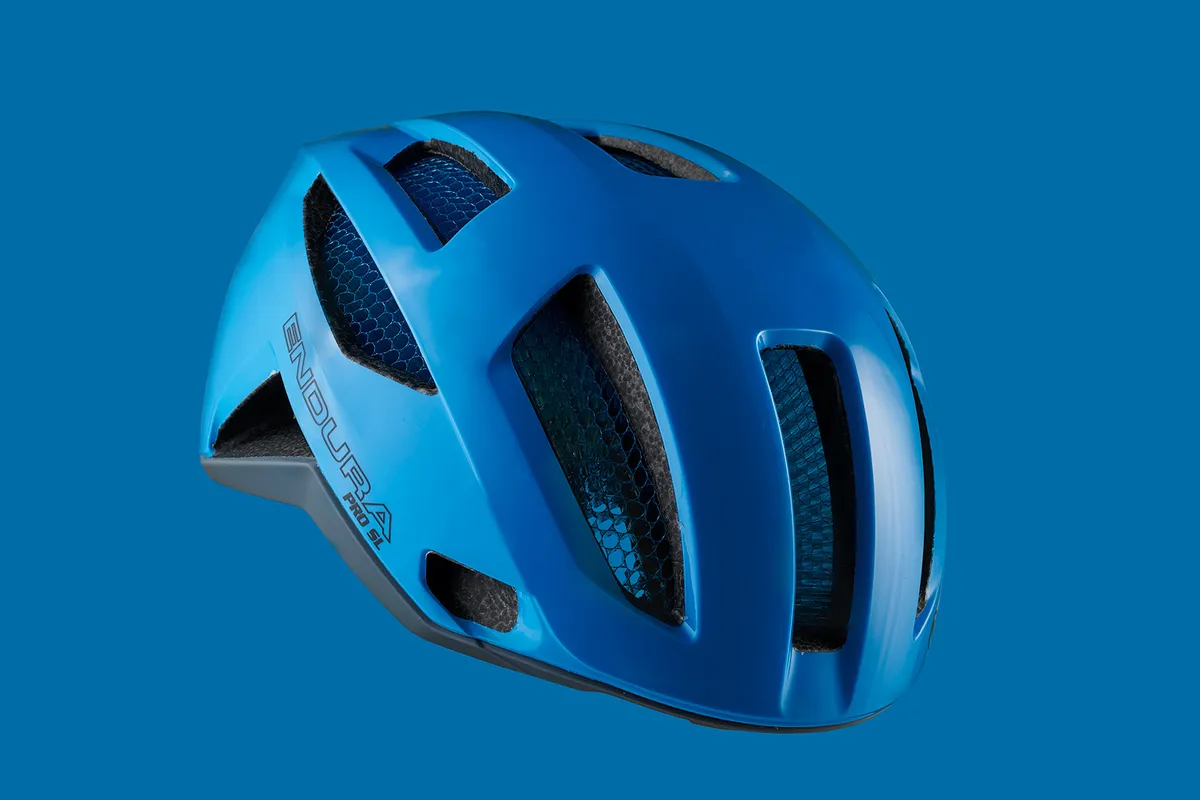
- £150 / €200 as tested
- Pros: Great quality and comfort
- Cons: Warm in very hot weather
The Endura Pro SL helmet uses Koroyd impact-protection technology, which is said to help protect your brain from direct and angled impacts. The protection comes in the form of honeycomb-like tubes inside the helmet, and plush padding ensures these don’t lead to an uncomfortable fit.
In fact, the Pro SL is very comfortable to wear. It has a cradle with vertical adjustment and a ratchet that enables you to dial in optimum fit.
One thing to bear in mind is we found the helmet was warm in hot weather.
SQUIRREL_13079992
MET Vinci MIPS
SQUIRREL_TEXT_13084236
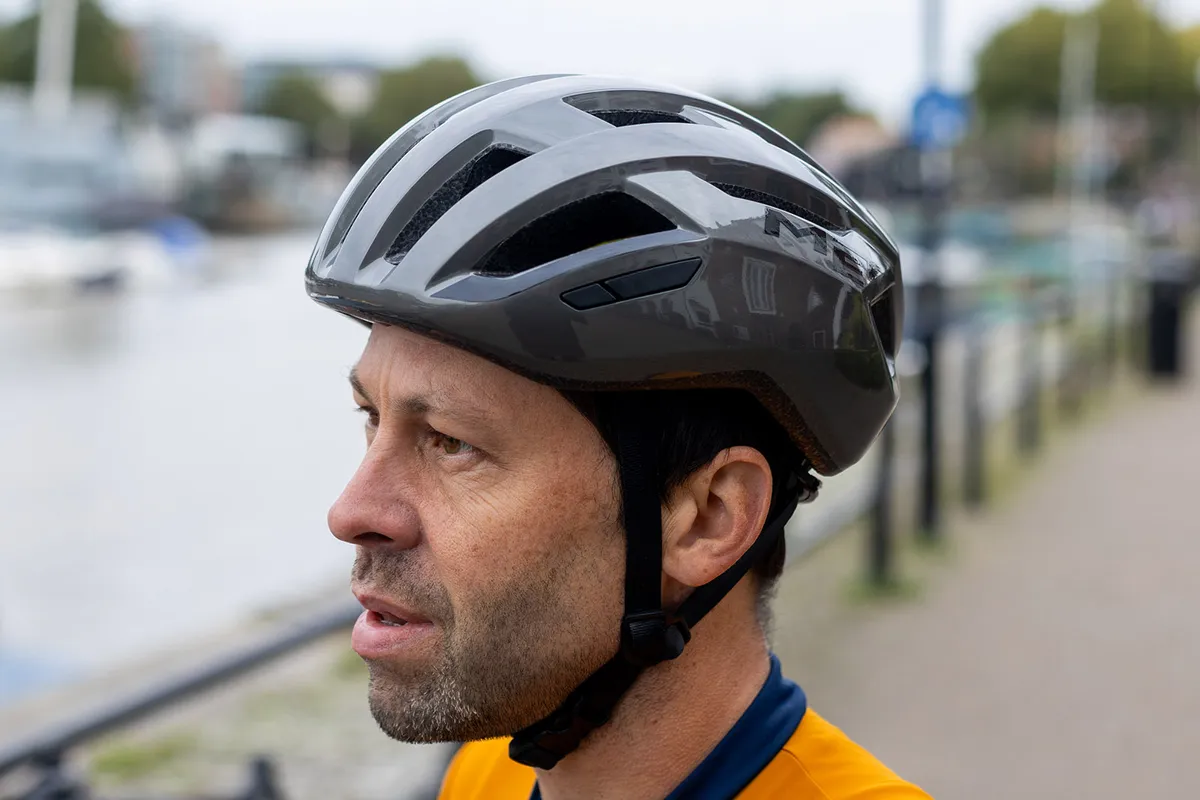
- £100 / €120 / AU$170 as tested
- Pros: Good value and weight
- Cons: Tricky to adjust internal tightness; limited size range
The MET Vinci MIPS is well ventilated, pretty light (269g in size large) and comfortable for a range of riding.
For £100 or so, the inclusion of MIPS-C2 technology is impressive.
However, the MET Vinci MIPS has a few flaws. It's a bit difficult to adjust the internal fit and the largest size available may not fit bigger heads.
SQUIRREL_13084236
Trek Velocis MIPS
SQUIRREL_TEXT_13111622

- £230 / $300 / €300 / AU$400 as tested
- Pros: Light; cool; stylish
- Cons: Adjustment mechanism feels delicate
The Trek Velocis MIPS is one of the best lightweight road bike helmets on the market.
Our tester found the Velocis MIPS kept their head cool and looking good without weighing them down.
Another plus is that it’s cheaper than its big competitor, the Specialized S-Works Prevail 3, with no discernible dip in performance.
The adjustment system could be sturdier though.
SQUIRREL_13111622
Lazer Z1 KinetiCore
SQUIRREL_TEXT_13092069

- £229.99 / $249.99 / €249.99 / AU$399.95 as tested
- Pros: Very lightweight; comfortable; marginally less expensive than competitors
- Cons: Unintuitive fit system; awkward straps
The Lazer Z1 KinetiCore is an extremely light helmet, which should protect you against rotational impacts.
Thanks to its padding and ventilation, the Z1 KinetiCore is also comfortable to wear.
But compared to a cranial dial, our tester found Lazer’s system less easy to use, and he couldn’t prevent the straps from hanging close to his neck.
SQUIRREL_13092069
Oakley ARO3 MIPS
SQUIRREL_TEXT_13083450
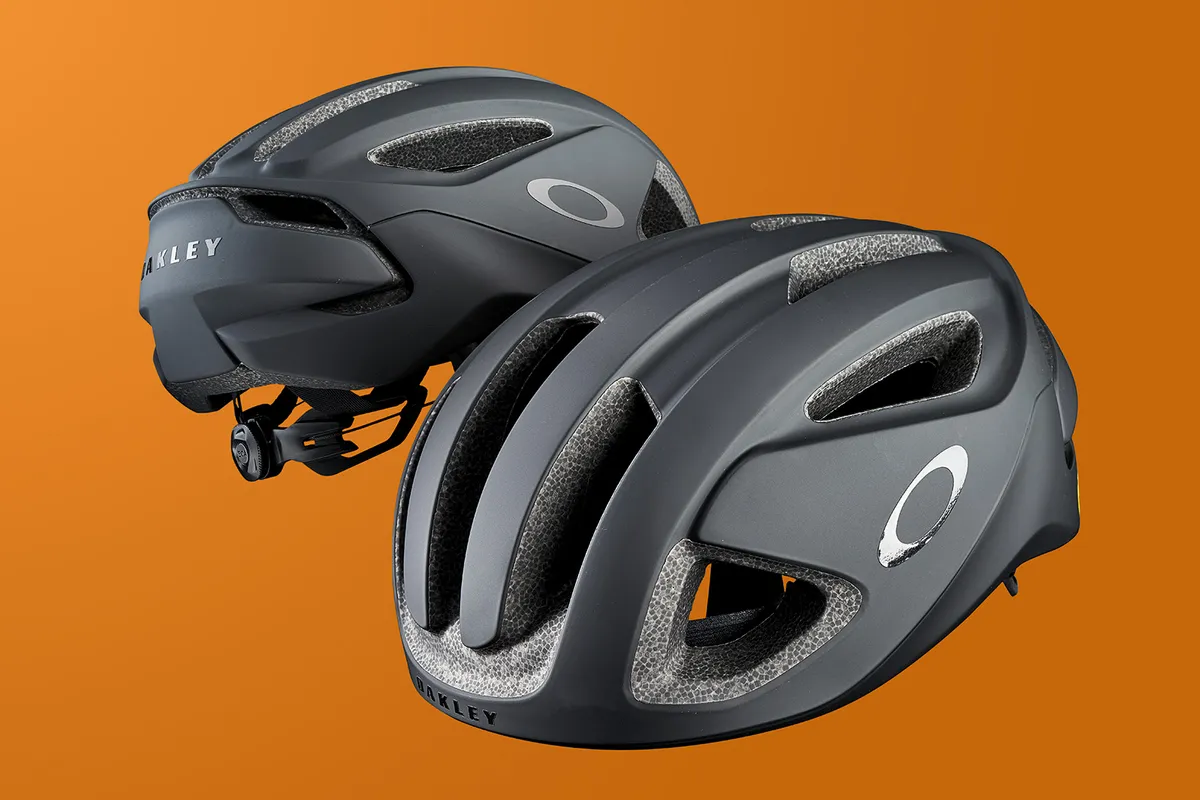
- £153 / $185 / AU$240 as tested
- Pros: Safety and ventilation
- Cons: May squeeze larger, rounder heads
The Oakley ARO3 MIPS comes with MIPS for safety and front vents that can hold sunglasses. The rest of the ventilation works well, even at lower speeds in high temperatures.
The Boa 360-degree fit system is easy to adjust and ensures the ARO3 MIPS sits securely.
But the largest 56-60cm size may prove too small for some, so try before buying if your head measures towards the top of the range.
SQUIRREL_13083450
Rudy Project Nytron
SQUIRREL_TEXT_13145975
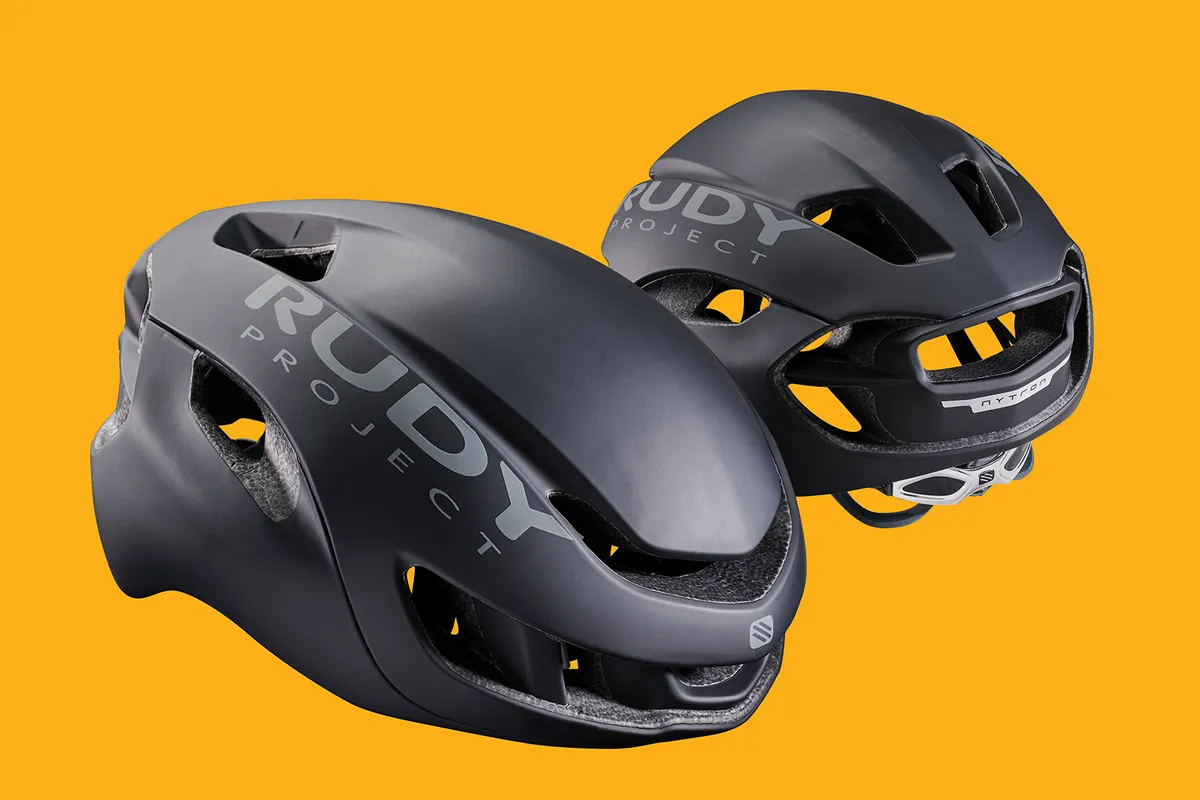
- £153 / $325 / €200 as tested
- Pros: Impressive aero performance; lightweight; well finished
- Cons: Air only passes through the helmet when it's tilting down
Rudy Project Nytron aero helmet meets the WG11 rotational impact protection standard, although it doesn't incorporate MIPS.
It's light at 307g for a size L too, and well finished, although the venting only works well and catches the airflow if you ride in a head-down position.
SQUIRREL_13145975
Specialized Propero 4
SQUIRREL_TEXT_13107054

- £165 / $200 / €190 / AU$310 as tested
- Pros: Well fitting; very comfortable; high safety rating; wide colour range; holds different kinds of sunglasses
- Cons: Fit is high at the back; warm in higher temperatures
The Specialized Propero 4 is a very good overall performer that could be the only helmet you need – but only when the temperature is below 20˚C.
This isn’t bad considering the £165 / $200 Propero 4 is highly rated for safety and incorporates weight-saving and drag-reducing design.
In general, the Specialized Propero 4 is comfortable and fits well. But if you could move the retention dial further down the back of your head, the Propero 4 would score higher still.
SQUIRREL_13107054
Best road bike helmets under £300 / $350
Specialized S-Works Evade 3
SQUIRREL_TEXT_13111638
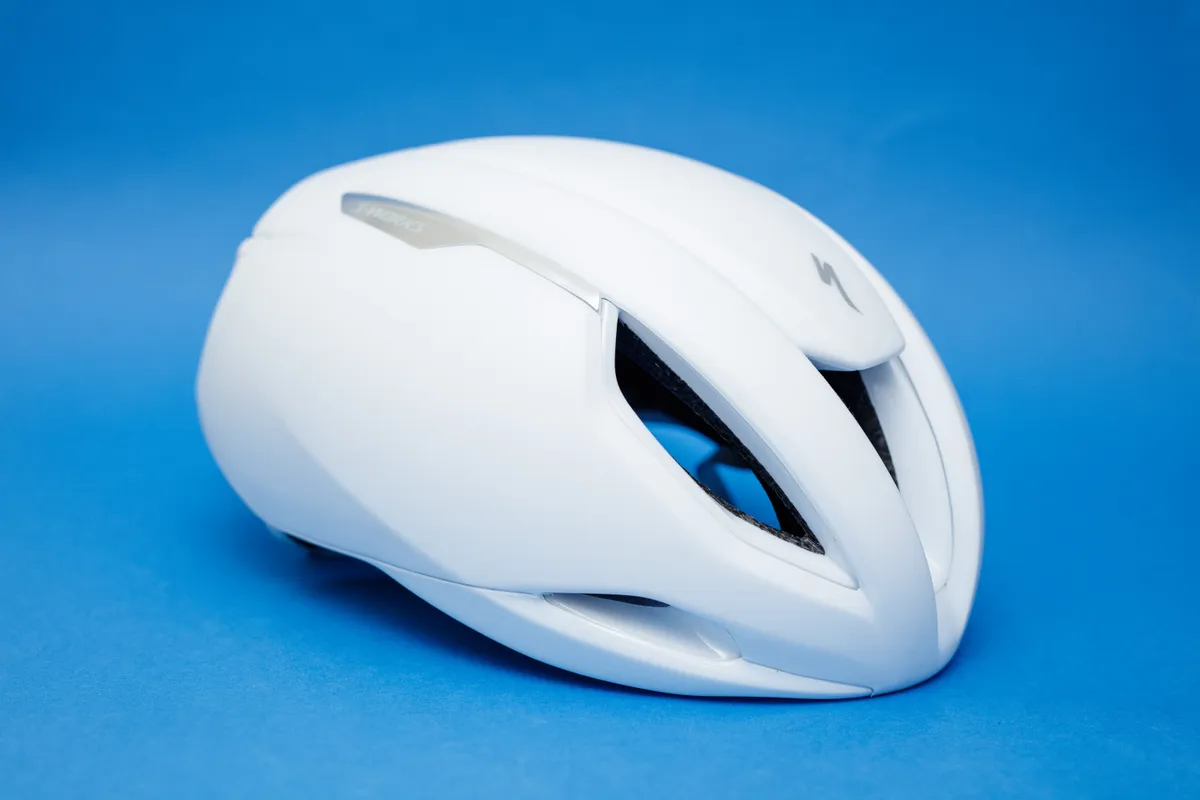
- £275 / $300 / €330 as tested
- Pros: Brilliant all-rounder; fairly conventional-looking
- Cons: High price
The S-Works Evade 3 is Specialized's updated aero helmet and an excellent one at that.
Better ventilation than the outgoing Specialized S-Works Evade, including two front vents to hold sunglasses, augment the Evade 3's versatility.
What's more, the S-Works Evade 3 scores highly for safety and looks reasonably conventional despite its aerodynamic credentials.
There's no getting over the cost though – £275 is a lot of money to fork out for a replacement in the event of a crash.
SQUIRREL_13111638
Giro Eclipse Spherical
SQUIRREL_TEXT_13078692
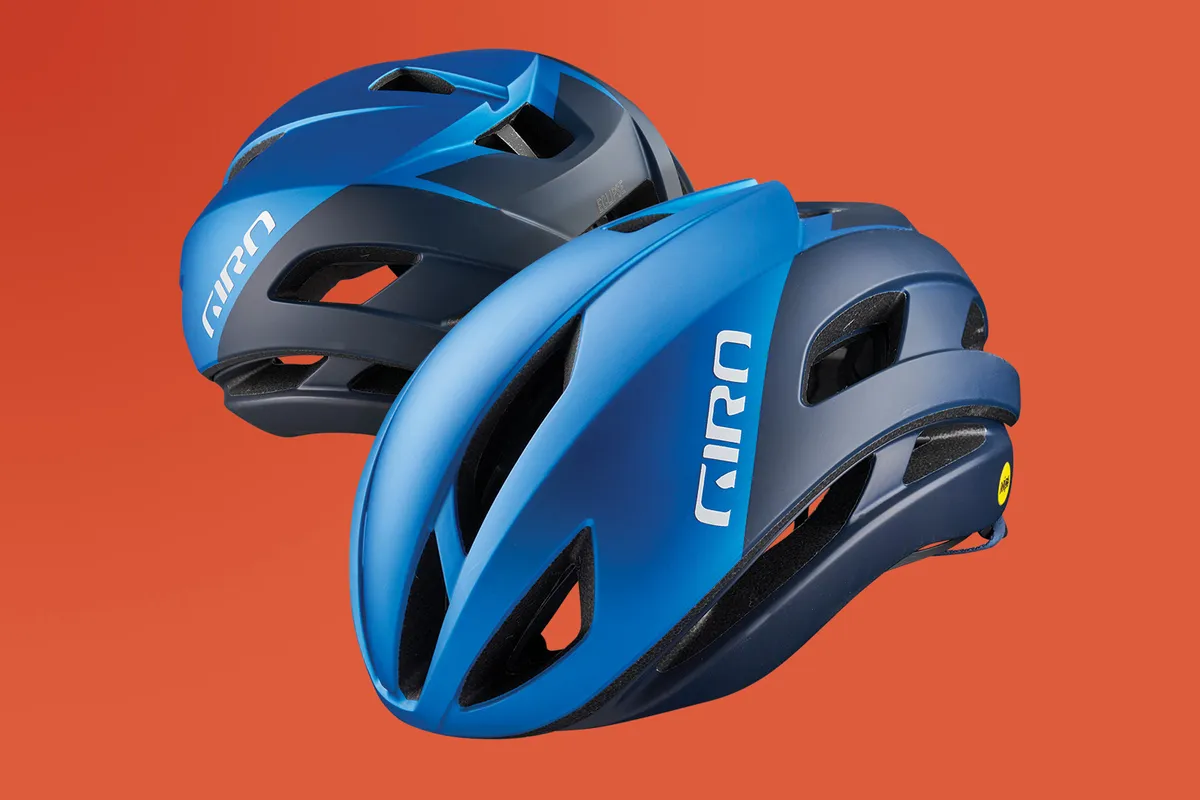
- £240 / $250 / €260 / AU$430 as tested
- Pros: Unobtrusive MIPS Spherical integration; lightweight; well vented for an aero helmet
- Cons: Costly
The Giro Eclipse Spherical uses Giro's own MIPS Spherical, which integrates a sliding plane between two layers in the shell, making for a neater implementation than the more common liner.
It's an aero helmet that Giro claims is the slipperiest out there, with a low-profile shape, while 17 vents help keep you cooler than many such lids.
It's not too heavy either at 277g for a medium and the padding incorporates silver to help keep it smelling nicer.
SQUIRREL_13078692
Kask Protone Icon
SQUIRREL_TEXT_13145977
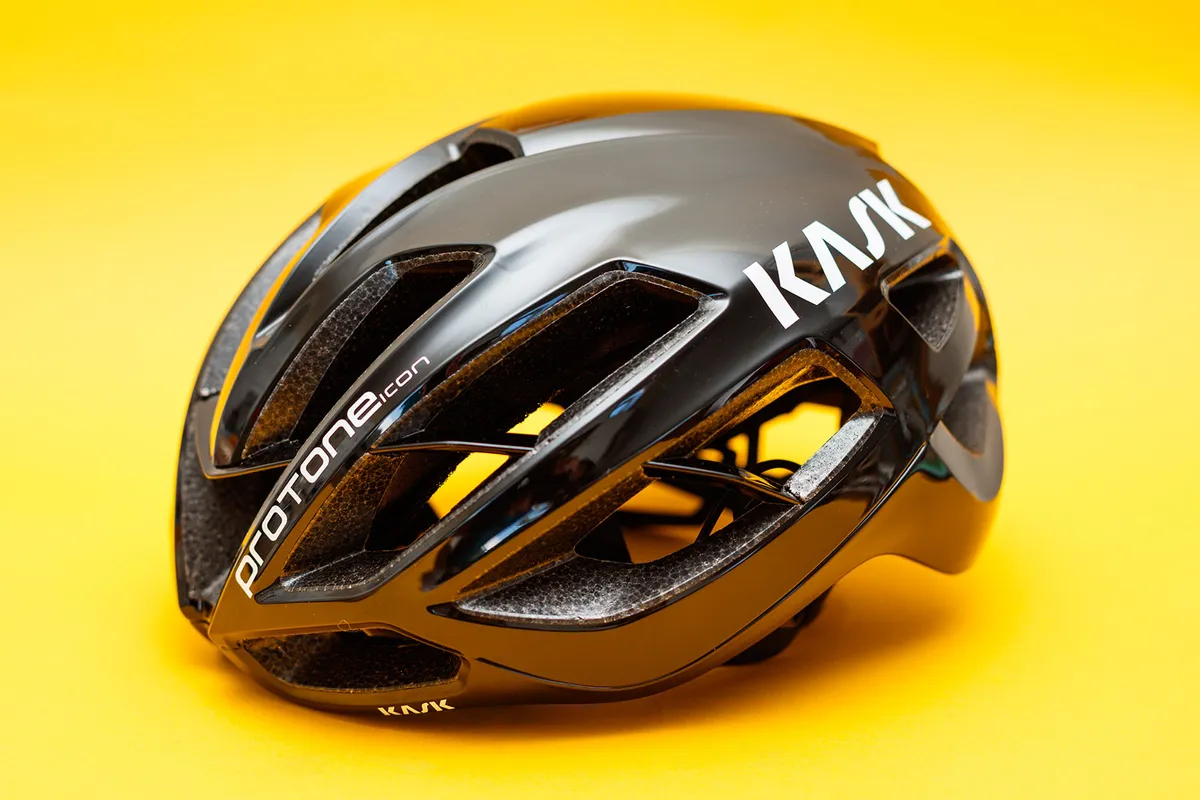
- £245 / $299.95 / €275 / AU$409 as tested
- Pros: Comfortable; well-ventilated
- Cons: Retention system is slightly basic
The Protone Icon is an updated version of Kask's acclaimed helmet, bringing it up to date with modern safety concerns but keeping the comfort and looks of the original Protone.
The generous padding and low weight makes it easy to forget you're wearing the Protone Icon.
The helmet has been designed to be aerodynamically efficient, but when cycling in a relaxed and upright position, the vents allow plenty of airflow over the head.
Like some of Kask's other helmets, the Protone Icon's retention system isn't the best available. But overall, the helmet is a stylish all-rounder suitable for all-season use.
SQUIRREL_13145977
MET Trenta 3K Carbon MIPS
SQUIRREL_TEXT_13145978
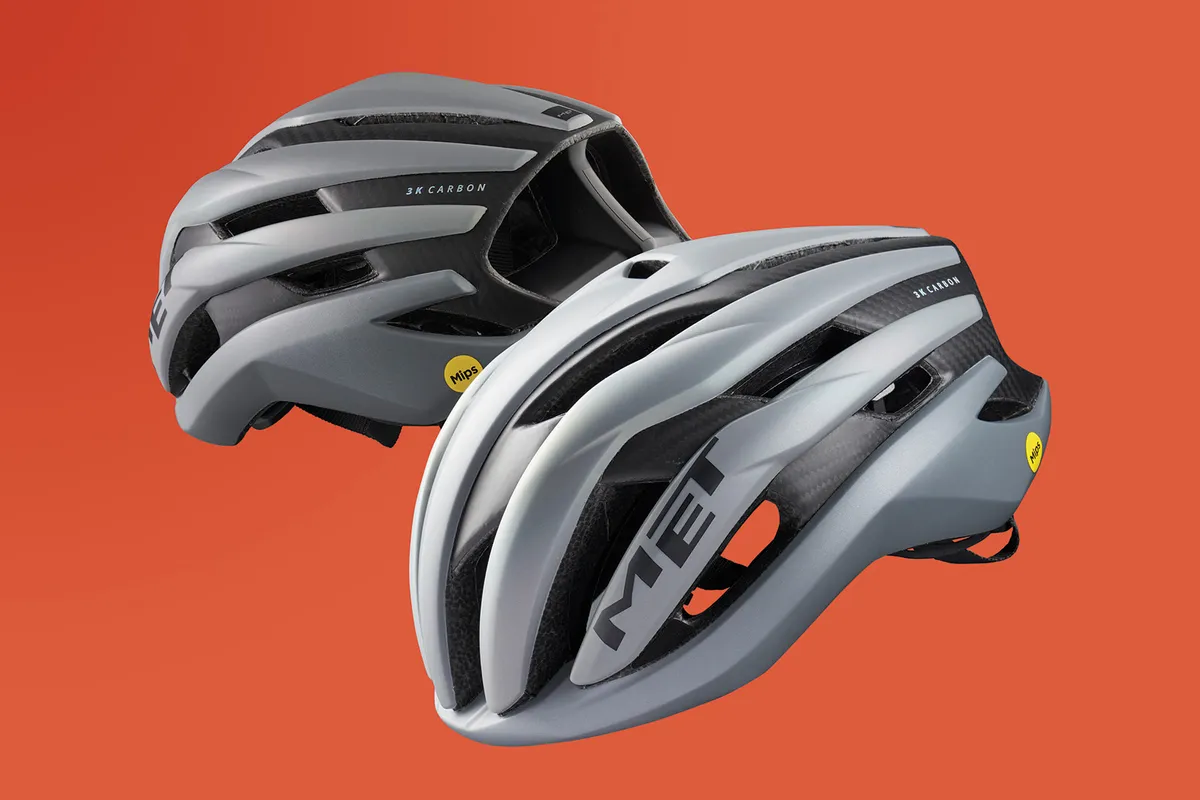
- £280 / $336 / €330 / AU$463 as tested
- Pros; Great airflow; very light for a helmet with MIPS
- Cons: Maybe not the most durable
MET’s top-of-the-range Trenta 3K Carbon has MIPS Air built in to protect you, while minimising weight. In a size L (58 to 61cm), it’s 265g.
It has a striking wave-shaped rear profile, made up of the two exhaust vents, and a wind-tunnel backed Kammtail for an aero benefit. The ventilation is a key element of the helmet.
The hardshell doesn’t wrap fully around the underside, which won’t affect how it rides but may impact its longevity.
SQUIRREL_13145978
Giro Aries Spherical
SQUIRREL_TEXT_13096049
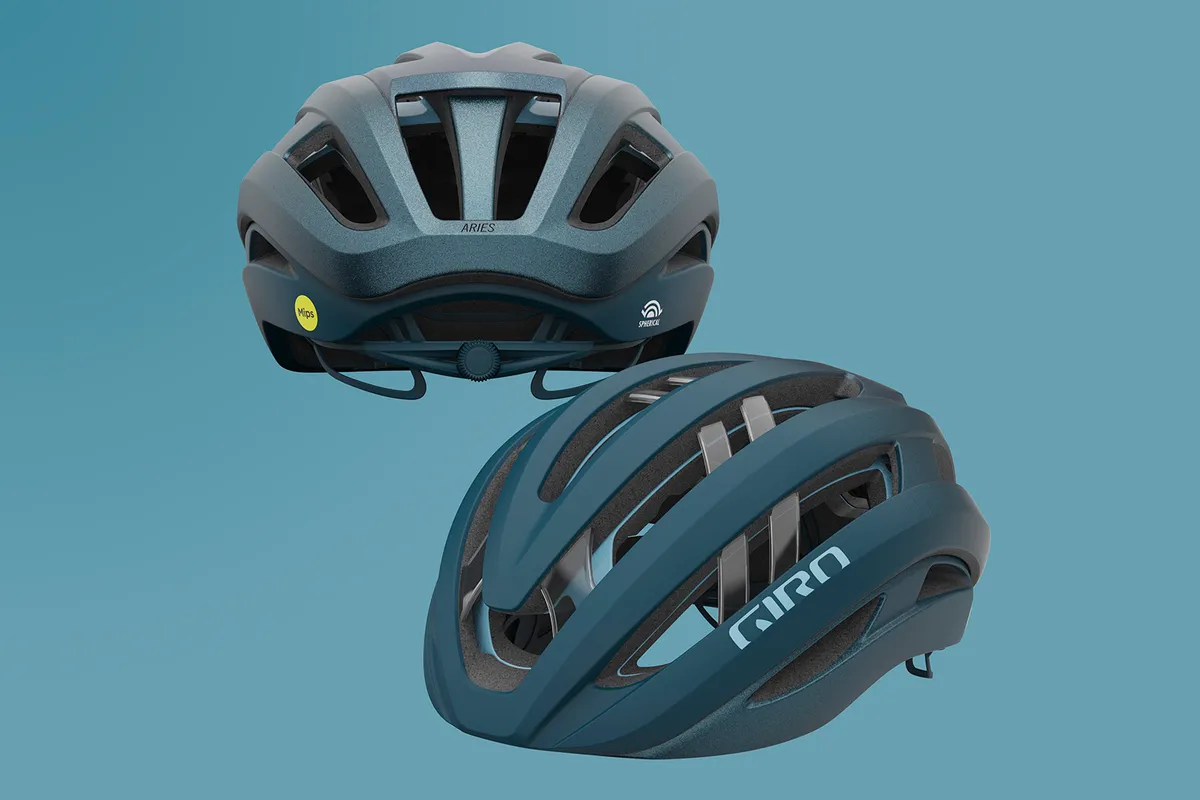
- £290 / $300 / €320 / AU$500 as tested
- Pros: Wonderfully ventilated
- Cons: Vastly expensive
The Giro Aries Spherical scored full marks in Virginia Tech Lab's safety testing and at the time of its release was the highest-scoring helmet.
Its excellent protection features, including MIPS, don't add much weight though. Our large test sample weighed a mere 310g.
The Giro Aries Spherical will keep your head cool on the most sultry summer rides while remaining comfortable. But you'll have to pay a lot for it.
SQUIRREL_13096049
Specialized S-Works Prevail 3
SQUIRREL_TEXT_13145979
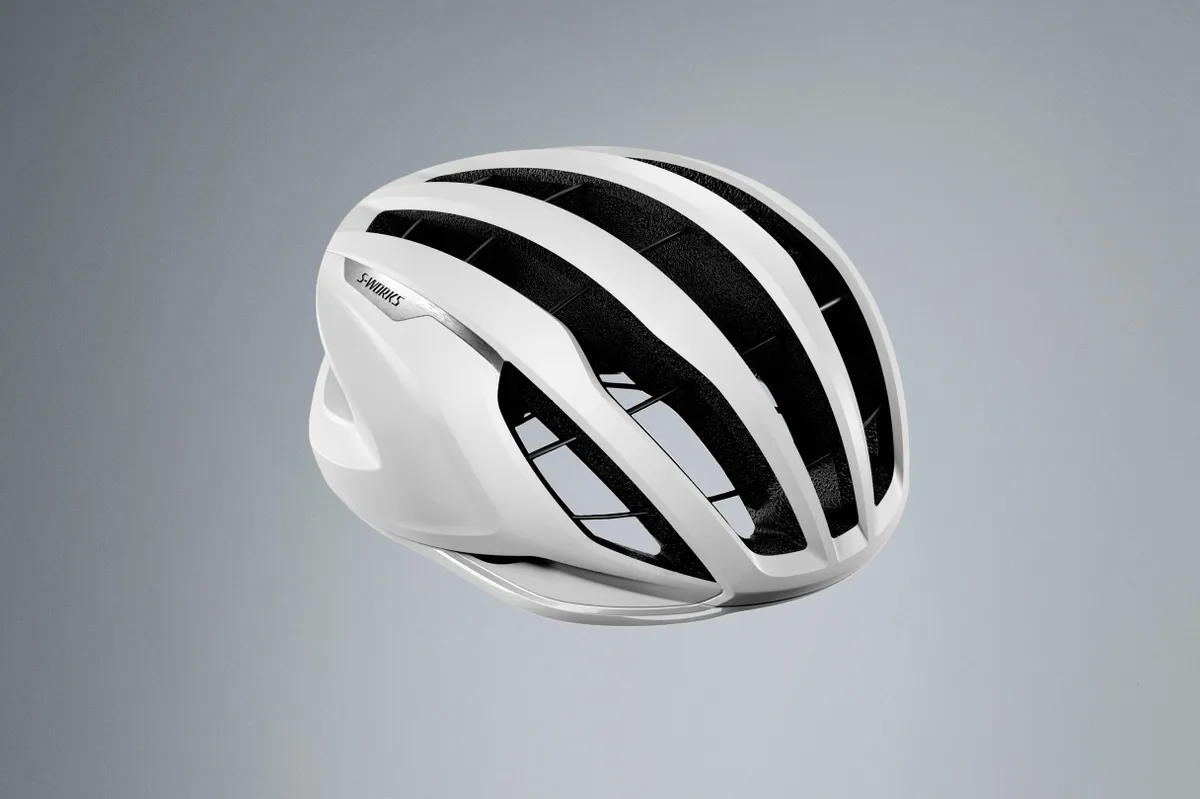
- £275 / $300 / €330 / AU$475 as tested
- Pros: Great ventilation; padding stays dry however much you sweat
- Cons: Expensive; large vents let sun hit your head
The third iteration of the Specialized S-Works Prevail helmet retains the original's great ventilation and low weight (258g for a size M). Rather than the usual EPS foam bridges between the ribs, there's an aramid cage, which leads to huge vents for great airflow on hot and hilly rides.
MIPS doesn't impede airflow because Specialized uses the Air Node version that's integrated into the internal padding, which stays impressively dry, even over the brow, on hot days. Fit is great and highly adjustable. You can fit Specialized's ANGi crash alert system, although it's an extra.
We've also recently tested the slightly cheaper S-Works Prevail II Vent helmet, which has much of the Prevail 3's lightweight airy design in common.
SQUIRREL_13145979
Trek Ballista MIPS
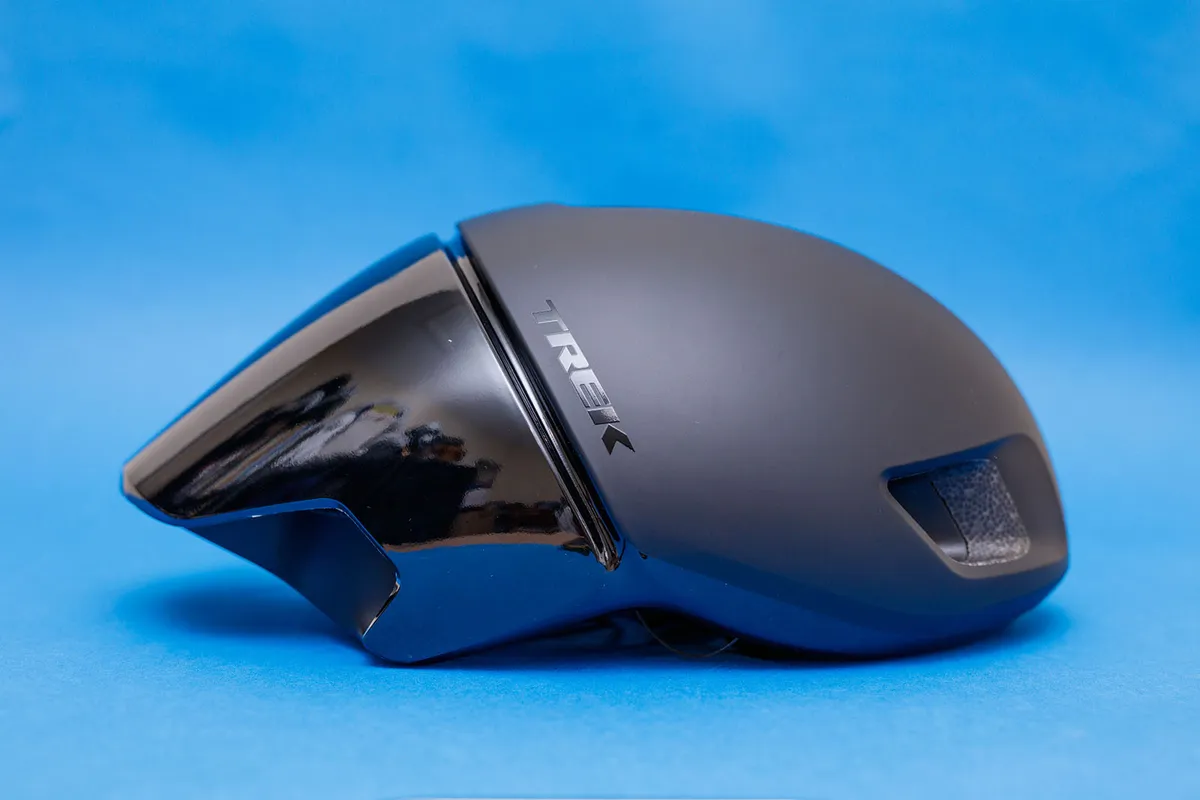
- £260 / $300 / €300 / AU$300 as tested
- Pros: Comfortable with secure glasses storage
- Cons: Can feel stuffy on hot days
Trek's flagship aero helmet is excellent on all but the hottest days, with good ventilation and aerodynamic claims.
The Ballista has an aggressively aero-optimised design that also provides high levels of comfort and safety credentials with the inclusion of MIPS technology.
While its looks may divide opinion, the vents on the Ballista do a good job of cooling when in motion, but suffer at slow speed and on especially hot days.
How we test road bike helmets

We test road bike helmets in their natural environment, spending hours on the bike assessing their real-world performance.
Road riding takes many forms, so we test the helmets on a variety of terrain and surfaces to ensure we cover all the aspects each helmet is designed for.
Helmets are very personal items, so fit and comfort can be quite subjective.
Ultimately, we base our road bike helmet reviews on the following criteria:
- Shape and fit – while subjective, it is important to test if a helmet is round or long
- Safety features – such as MIPS and alternatives
- Ventilation – and how warm the helmet is to wear when climbing
- Aerodynamics – and how it lives up to the brand's claims
- Weight – and comparison to other helmets
- Straps and buckle – positioning and how it fits against the face.
- Value vs competitors – with similar features, are you getting a good deal compared to other helmets on the market?
Why you can trust BikeRadar
BikeRadar has been an authority on bikes and cycling tech since its inception in 2007, delivering the world’s best riding advice.
We have experts testing all types of bikes, parts, clothing and accessories, from road, mountain and gravel bikes to commuting, bikepacking and electric bikes.
Our reviews are always editorially independent – with no exceptions. Our reviewers comprehensively test all products in the real world, always reflecting on performance, value and the wider market when delivering their verdicts and review ratings.
We have more than 15,000 product reviews available at your fingertips, as well as expert buying, maintenance, training, skills, health and fitness advice.
Our annual Bike of the Year test is an industry benchmark and the BikeRadar team consists of some of the most experienced riders and testers in the business.
Buyer's guide to road bike helmets | What to look for when buying a road bike helmet
Fit and retention systems

First and foremost, in the event of a crash, a helmet has to stay on your head to be effective. Just like shoes, helmets from different brands are made to fit slightly differently, so it’s important to try before you buy.
Most helmets use a dial-based retention system (e.g. Giro’s Roc Loc 5 or Kask’s Octo Fit) to adjust the fit, but the vertical adjustment range (i.e. how high or low the rear adjustment supports sit on your head) will vary between helmets, so this is something to look out for.
Adjustable and comfortable straps are also incredibly important – you need to be able to wear them with a fairly snug fit against your chin for maximum effectiveness.
Materials
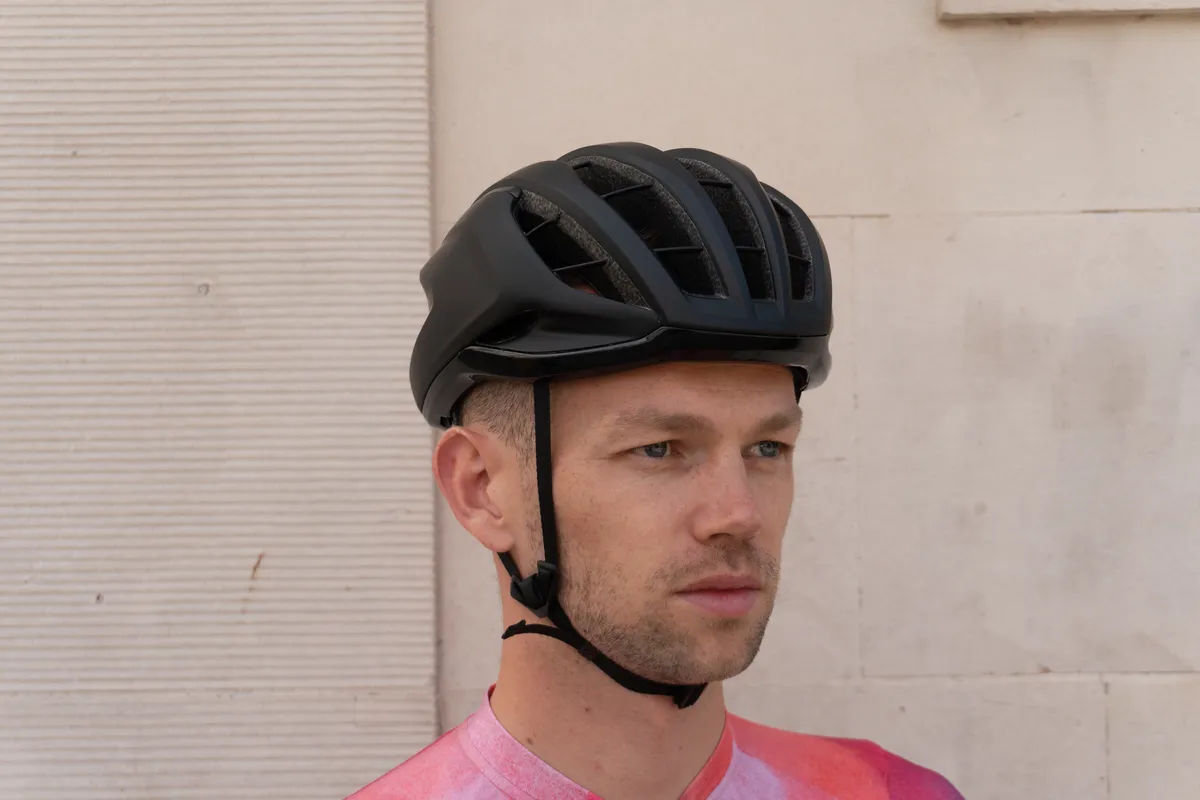
Most cycling helmets are made primarily from expanded polystyrene (EPS) foam. This skeleton is then covered, to varying degrees, in a hard polycarbonate shell (and sometimes a dash of carbon fibre) to add strength and protect the EPS foam from accidental bumps and scratches.
This basic design has been in place for decades now, but other manufacturing techniques and materials are beginning to filter through, such as 3D-printed Polyamide 11 and other proprietary polymer materials.
Naturally, manufacturers claim these designs offer benefits over traditional cycling helmets, but whether those benefits are realised in use remains to be seen.
Safety features

While we won’t comment on the overall efficacy of helmets in general, it’s worth noting that all helmets sold in the EU must conform to the EN 1078 European Standard (and therefore have a CE mark). In the US, they must be CPSC-certified.
Every helmet on this list does just that, if not more, and should at least offer your head some protection against bumps and scratches if you fall off your bike while out riding.
Recently, we’ve seen a substantial increase in additional safety technologies such as rotational liners (e.g. MIPS) and Bontrager’s proprietary WaveCel material. These innovations are claimed to offer increased protection from head and brain injuries by reducing rotational forces or simply by using materials that are better able to absorb certain shocks.
There is some independent safety testing of cycling helmets, but these things are obviously harder to test outside of the lab, where there are so many variables at play. On balance, these extra safety features are almost certainly worth looking for and have now trickled down to quite inexpensive lids.
Ventilation
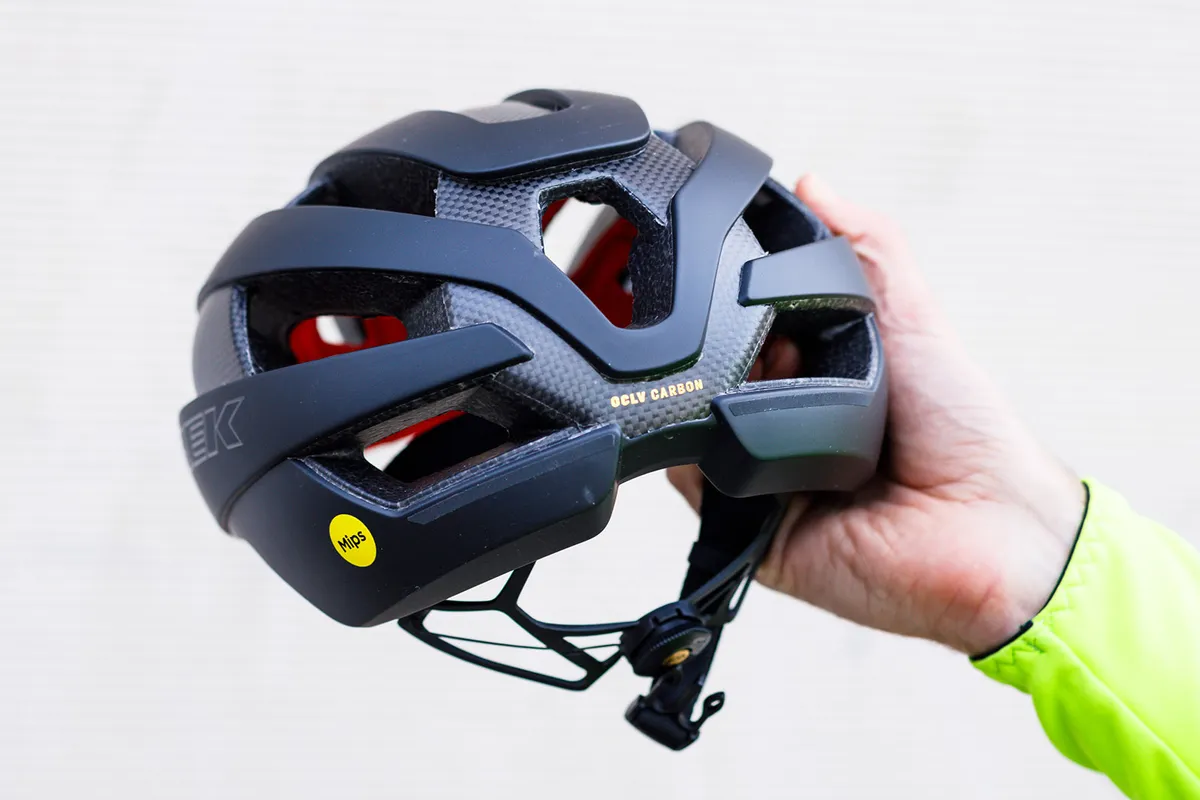
For fast road riding, especially in hot weather, ventilation is key. A well-designed system of vents and channels in the internal structure of a helmet can help to draw air over your head and dissipate heat.
As might be obvious, putting holes in a helmet to increase ventilation is likely to lead to reduced weight and, potentially, robustness. So, to make up for that, airy helmets often need more reinforcement or are constructed with pricier materials, to ensure they still meet safety and durability standards.
Aerodynamics
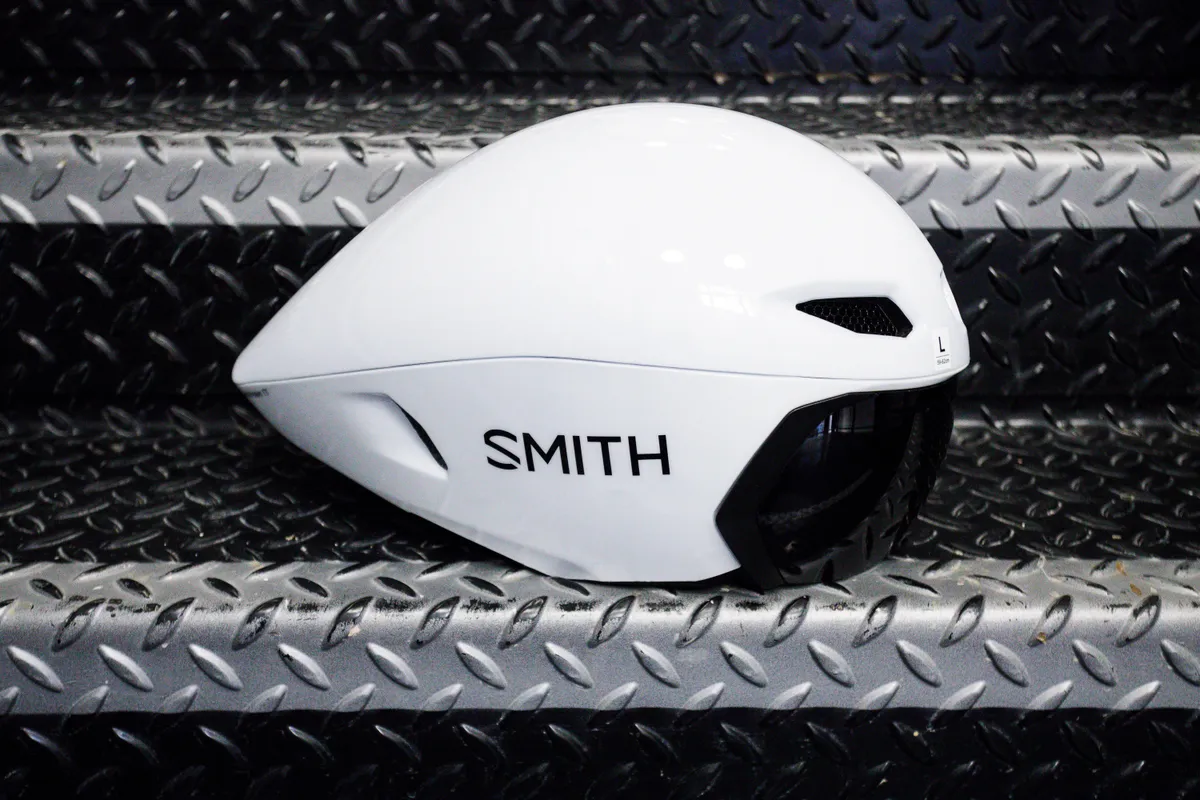
The aero brush touches everything these days, increasing costs and making all your current kit feel outdated, but with helmets it probably makes sense. The potential watt savings to be made with aero helmets shouldn’t be overlooked if you’re concerned with riding fast.
There are compromises of course: increasing aerodynamic efficiency usually means closing off ventilation holes or putting up with funky-shaped lids that, frankly, have looks that sometimes border on the ridiculous. But then again, if your main concern is simply to ride faster, perhaps looks aren’t that important.
Other features

Only a few brands actively promote their helmets' ability to hold your sunglasses in the front vents, but this feature can be a real bonus.
Helmet brands that also make sunglasses tend to do better in this regard, but make sure to take your sunglasses with you when you’re shopping for a new helmet so you can check the hold.
Beauty may be in the eye of the beholder, but it is worth considering what kind of riding the helmets you like the look of are designed for.
Let’s say you like classic-looking helmets with lots of vent holes; if you live somewhere cold, maybe you’d be better off with a more aero-focused helmet with less ventilation and holes for water to seep through.
Likewise, the opposite could be true if you live somewhere hot; there’s no use having a helmet that’s incredibly fast in the wind tunnel if you don’t want to wear it because it makes your head boil.
What about gravel bike helmets?

Many gravel riders choose to wear road bike helmets due to their unrestrictive designs and lightweight constructions.
Gravel-specific helmets often feature more protection towards the rear of the head where blows can come from when riding more technical terrain at slower speeds.
Some helmets, such as POC's Omne Ultra MIPS, feature external attachment points so you can carry small items on your helmet.
